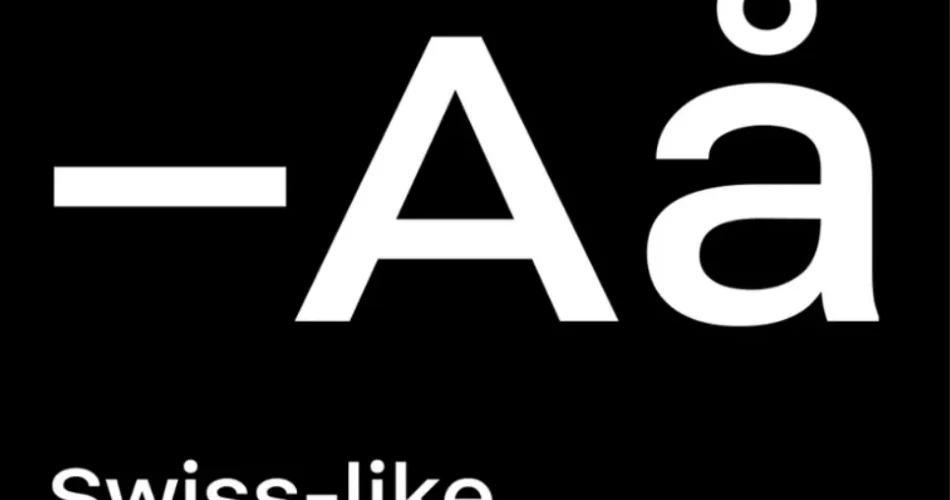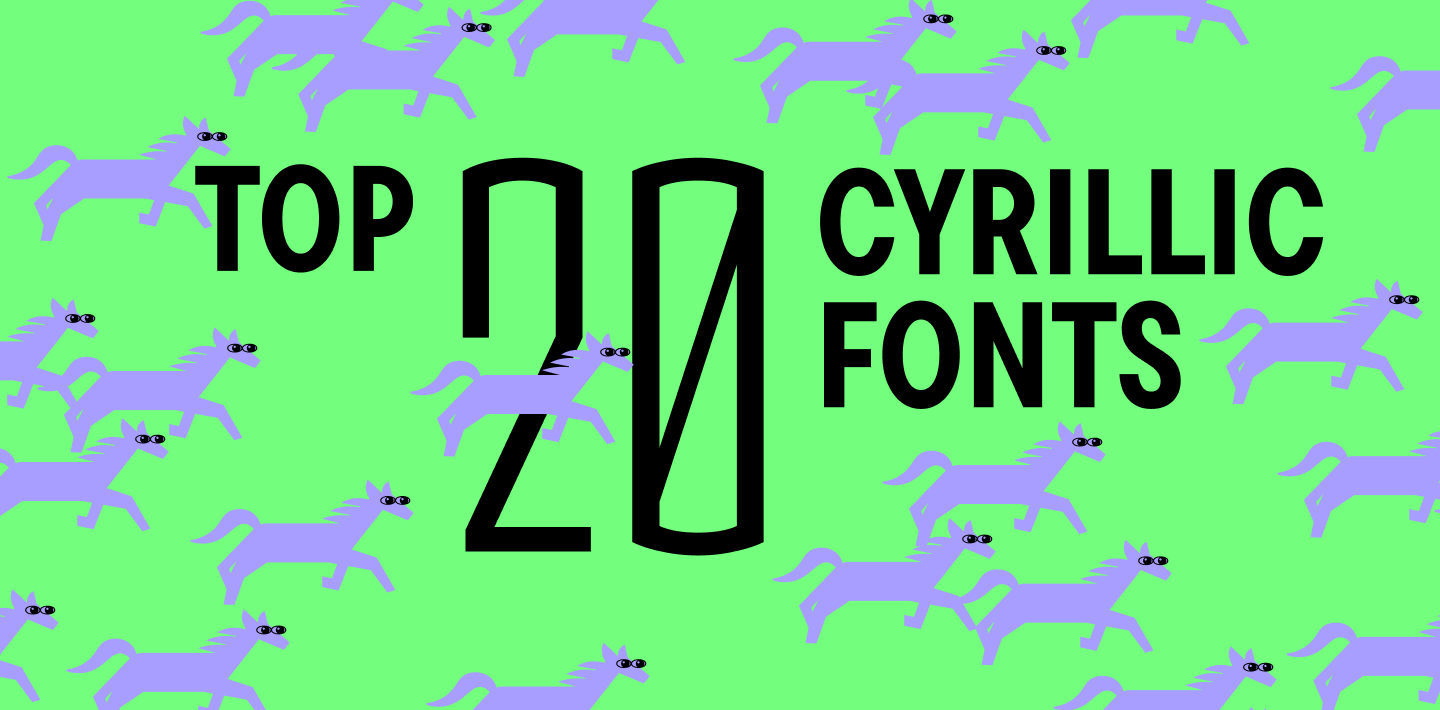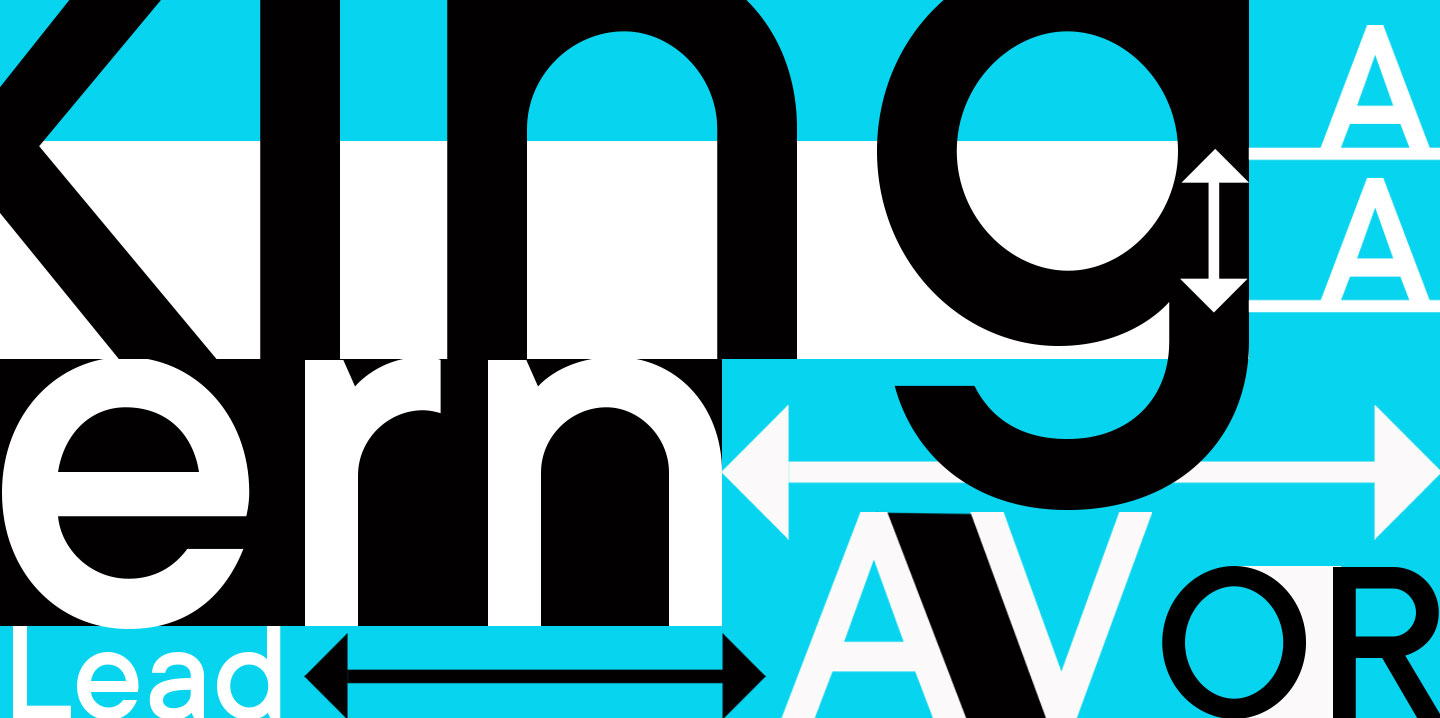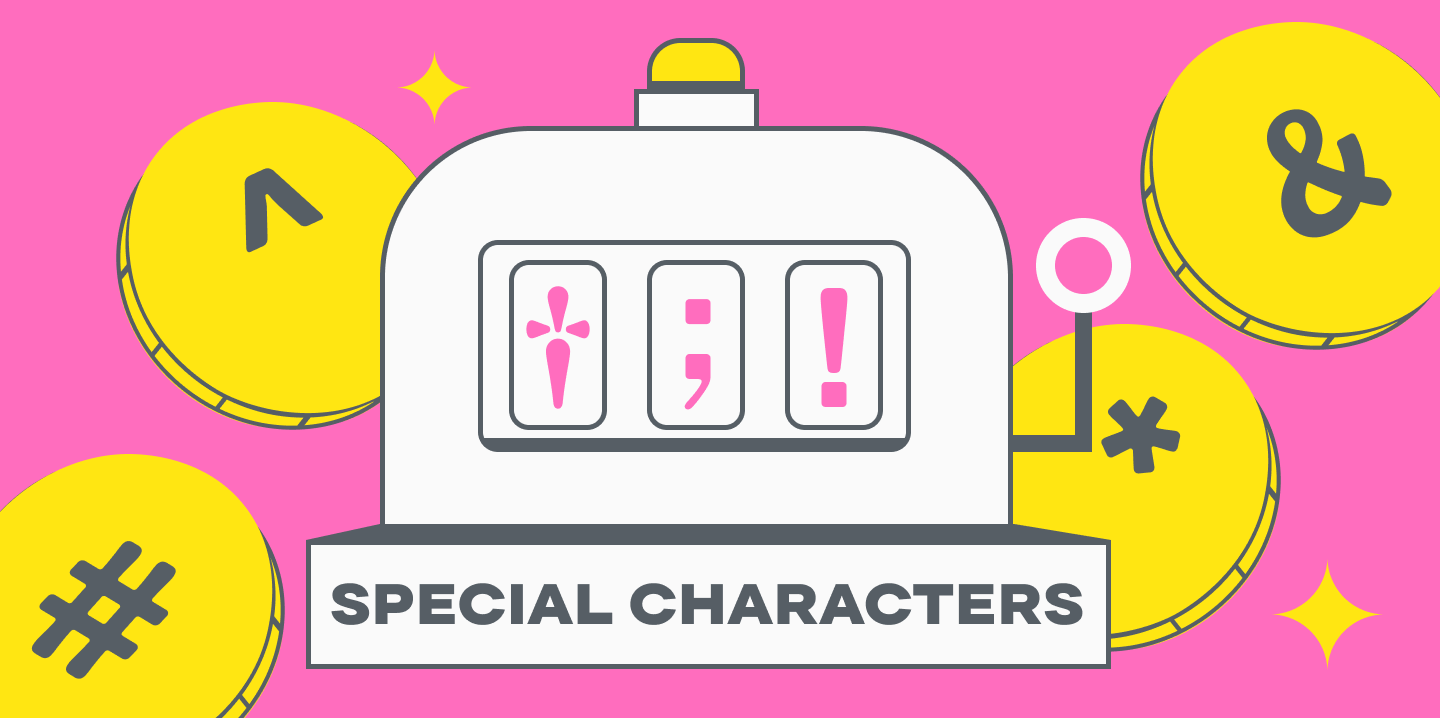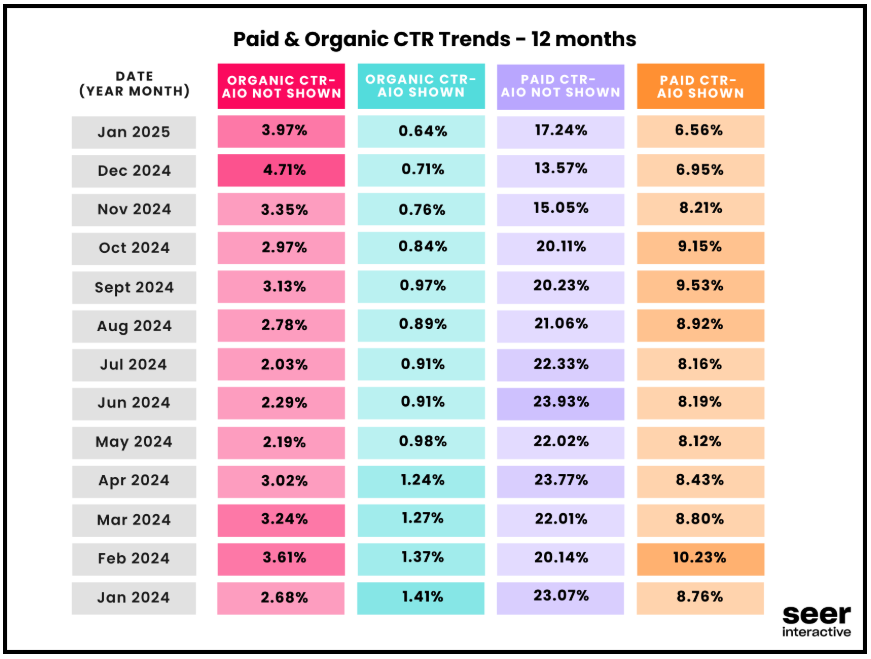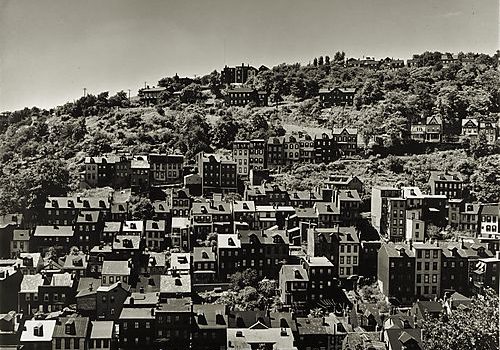Typography performs a pivotal function in design, shaping how we understand and work together with written content material. Among the many many typeface classifications, Neo Grotesque fonts stand out as a refined and modernized evolution of the normal Grotesque typefaces of the nineteenth century. This text explores the historical past, traits, and significance of Neo-Grotesque fonts, their impression on design, and their enduring relevance in modern typography.
What Are Neo Grotesque Fonts?
Neo-Grotesque fonts are a subcategory of sans-serif typefaces that emerged within the mid-Twentieth century. They’re characterised by their clear, impartial, and extremely practical design, making them a well-liked alternative for each print and digital media. These fonts developed from the sooner Grotesque typefaces however have been refined to satisfy the calls for of recent design, emphasizing simplicity, readability, and flexibility.
The Historical past of Neo-Grotesque Fonts
The Origins of Grotesque Typefaces
The story of Neo-Grotesque fonts begins with their predecessors, the Grotesque typefaces, which originated within the nineteenth century. Grotesque fonts have been among the many first sans-serif typefaces, breaking away from the normal serif types that dominated typography on the time. They have been named “Grotesque” as a result of their clear, sans-serif design was thought-about unconventional and even ugly by some requirements.
The Transition to Neo-Grotesque
By the mid-Twentieth century, designers sought to refine the Grotesque fashion, resulting in the event of Neo-Grotesque fonts. This new era of typefaces retained the simplicity of Grotesque fonts however launched extra geometric precision, uniformity, and neutrality. The purpose was to create typefaces that have been extremely practical and adaptable to the rising calls for of promoting, company branding, and mass communication.
Key Milestones in Neo Grotesque Typography
- 1957: The discharge of Helvetica by Max Miedinger and Eduard Hoffmann marked a defining second for Neo-Grotesque fonts. Helvetica turned a world phenomenon, celebrated for its neutrality and flexibility.
- 1957: Univers, designed by Adrian Frutiger, was one other landmark Neo-Grotesque typeface, identified for its intensive vary of weights and types.
- Sixties-Nineteen Seventies: Neo-Grotesque fonts gained widespread adoption in company branding, signage, and public communication, solidifying their place in trendy design.
Traits of Neo Grotesque Fonts
Neo-Grotesque fonts are outlined by a number of key options:
- Neutrality and Simplicity:
These fonts are designed to be unobtrusive, making them preferrred for a variety of functions. They keep away from extreme stylistic components, focusing as a substitute on readability and readability. - Uniform Stroke Width:
Neo-Grotesque fonts usually have constant stroke widths, contributing to their clear and balanced look. - Geometric Precision:
Whereas not as rigidly geometric as different sans-serif classes like Geometric Sans, Neo-Grotesque fonts exhibit a refined geometric affect of their letterforms. - Open Letterforms:
The apertures (openings) in letters like ‘a’, ‘e’, and ‘c’ are sometimes wider, enhancing legibility, particularly at smaller sizes. - Minimal Distinction:
In contrast to Humanist sans-serif fonts, Neo-Grotesque fonts have minimal distinction between thick and skinny strokes, contributing to their trendy and streamlined look. - Versatility:
These fonts are extremely adaptable, making them appropriate for each physique textual content and headlines, in addition to for digital and print media.
Widespread Neo Grotesque Fonts
A number of Neo-Grotesque fonts have grow to be iconic on the earth of typography:
- Helvetica:
Sometimes called the “king of typefaces,” Helvetica is the quintessential Neo-Grotesque font. Its neutrality and flexibility have made it a favourite for manufacturers, governments, and designers worldwide. - Univers:
Designed by Adrian Frutiger, Univers is understood for its intensive household of weights and types, providing unparalleled flexibility for designers. - Arial:
Though typically in comparison with Helvetica, Arial has its personal distinct traits and is extensively utilized in digital environments. - Akzidenz-Grotesk:
A precursor to Neo-Grotesque fonts, Akzidenz-Grotesk influenced the event of later typefaces like Helvetica and Univers. - Roboto:
Designed for Google’s Android working system, Roboto is a contemporary tackle the Neo-Grotesque fashion, optimized for digital screens.
The Impression of Neo Grotesque Fonts on Design
Company Branding
Neo-Grotesque fonts have grow to be synonymous with company identification. Their neutrality and professionalism make them preferrred for manufacturers searching for a clear and trendy picture. Corporations like BMW, American Airways, and Panasonic have used Neo-Grotesque fonts of their logos and branding.
Public Communication and Signage
The readability and readability of Neo-Grotesque fonts make them a well-liked alternative for public communication, together with transportation signage, wayfinding techniques, and authorities paperwork. For instance, Helvetica is used within the signage techniques of main airports and subway techniques worldwide.
Digital Design
With the rise of digital media, Neo-Grotesque fonts have discovered a brand new residence on screens. Their clear and legible design makes them well-suited for consumer interfaces, web sites, and cell apps.
Neo Grotesque Fonts in Up to date Design
Regardless of being rooted in mid-Twentieth-century design, Neo-Grotesque fonts stay extremely related in the present day. Their timeless attraction and flexibility have ensured their continued use in quite a lot of contexts. Fashionable designers typically pair Neo-Grotesque fonts with different typefaces to create dynamic and visually partaking layouts.
Tendencies in Neo Grotesque Typography
- Customization: Manufacturers are more and more customizing Neo Grotesque fonts to create distinctive identities whereas retaining the font’s inherent neutrality.
- Variable Fonts: The event of variable fonts has expanded the probabilities of Neo Grotesque typography, permitting for better flexibility in weight, width, and different attributes.
- Minimalist Design: The rise of minimalist design tendencies has additional cemented the recognition of Neo Grotesque fonts, as they align completely with the ideas of simplicity and performance.
Conclusion
Neo Grotesque fonts signify a big evolution in typography, bridging the hole between the normal Grotesque typefaces of the nineteenth century and the calls for of recent design. Their clear, impartial, and versatile design has made them a staple in company branding, public communication, and digital media. As design tendencies proceed to evolve, Neo Grotesque fonts stay a timeless alternative, proving that simplicity and performance by no means exit of fashion.

